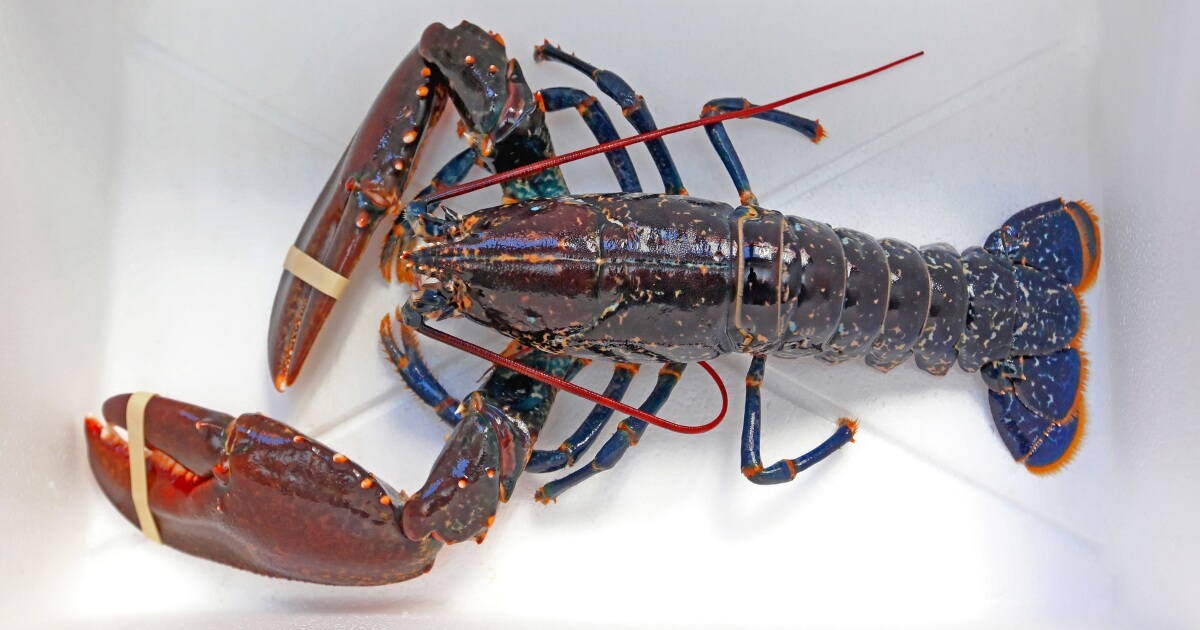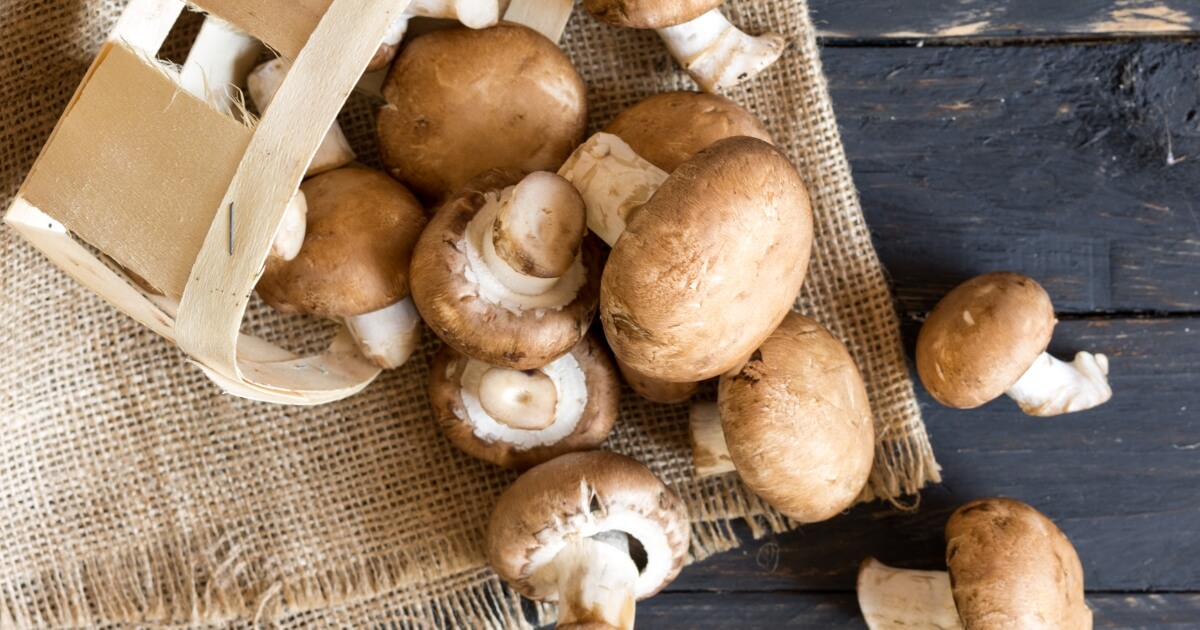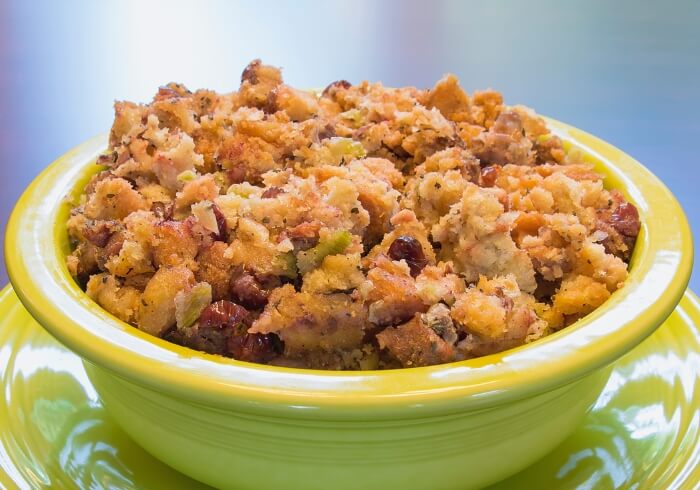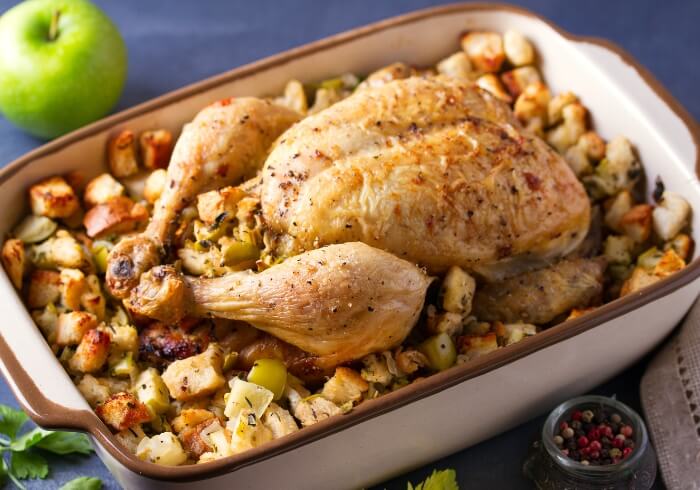Recipes often mix traditional measurements like teaspoons, tablespoons, and cups with modern ones like grams. Some even throw in ounces for good measure.
But let’s say you only have a tablespoon to measure your ingredients. How many tablespoons are in a cup? Well, in a nutshell, there are 16 tablespoons in 1 US cup.
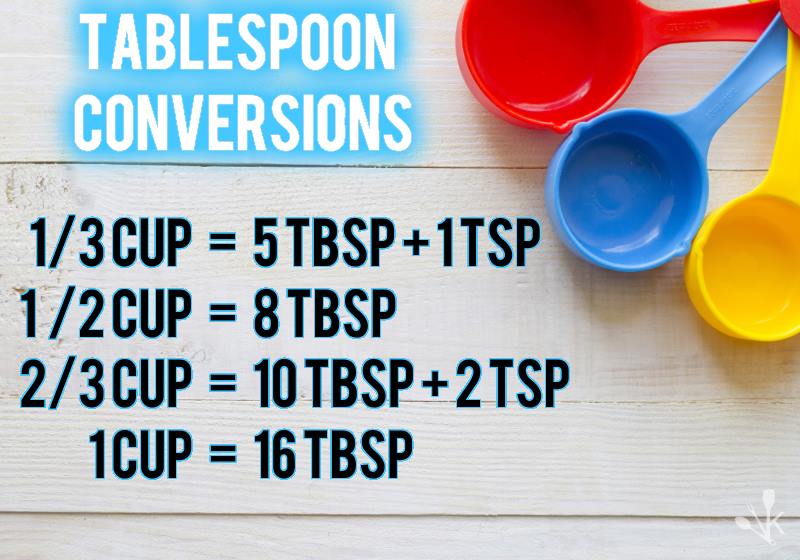
In this guide, I’ll cover simple conversions between cups and tablespoons for both liquids and dry ingredients. This is your go-to for getting those precise measurements spot on!
Tablespoons To Cups Conversion
I’ve compiled this handy conversion chart that breaks down metric tablespoons to the most common US cup measurements, making it a breeze to switch between them.
| Cup Measurement | Tablespoons (Tbsp) |
|---|---|
| 1 Cup | 16 Tbsp |
| 3/4 Cup | 12 Tbsp |
| 2/3 Cup | 10.67 Tbsp |
| 1/2 Cup | 8 Tbsp |
| 1/3 Cup | 5.33 Tbsp |
| 1/4 Cup | 4 Tbsp |
| 1/8 Cup | 2 Tbsp |
Measuring With Tablespoons
When it comes to measuring solids, tablespoons are a versatile tool. They offer precision, especially when you don’t have a digital food scale on hand.
Measuring Solids
Dry ingredients are more accurate when measured by weight, not by volume.
For example, brown sugar is heavier than white sugar, but powdered sugar is lighter than both and only weighs as much as cake flour. This means each measurement is not equivalent and could drastically alter your recipe.
But since you may not have a scale, here are some tips to get your tablespoon measurements as accurate as possible.
Always level off your tablespoon. After scooping, use the back of a knife or a straight edge to scrape off the excess. It ensures you’re getting the exact amount every time.
For ingredients that can be packed, like light or brown sugar or cocoa powder, press them into the tablespoon gently. This ensures you’re getting a consistent measure as these are usually packed no matter which measurement is used.
When measuring sticky ingredients, give your tablespoon a quick spray with cooking spray. It’ll make your ingredients, like honey or molasses, slide right out, ensuring you’re using the full amount.
Measuring Liquids
Most liquid ingredients weigh about the same as their volume in ounces. But some things we often measure with tablespoons, like butter or shortening, might seem solid, but they’re counted as wet ingredients in recipes.
When you grab a stick of butter, you’re holding onto 4 ounces, which is the same as half a cup of butter or eight US tablespoons.

To make it even easier, peek at the markings on the butter wrapper and cut accordingly. A lot of shortenings come in stick form, making it a breeze to slice off just the right amount.
These ingredients either snugly fit in your tablespoon, or they’ll melt down to do so.
However, surface tension can sometimes play tricks on your measurements, too. So, your accuracy with tablespoons requires a bit of finesse, especially when measuring large volumes of ingredients.
Here are a few tips to help you get the best measurement:
When you’re pouring the liquid into the tablespoon, do it over a container or the sink. This way, you won’t make a mess on your countertop if you overpour. I’ve had my fair share of spills, especially when trying to measure out vanilla extract, which always seems to be more precious than gold in my kitchen.
Give thicker liquids like syrups or sauces a little stir before measuring. This ensures a consistent texture and flavor throughout since their ingredients may have settled if you haven’t used them in a while.
After pouring, check the tablespoon at eye level. This helps you get an accurate measurement without any surface tension tricks.
Tablespoons To Cups FAQs
How many tablespoons in a cup?
In every cup, you’ll find 16 tablespoons, which is the same as 8 fluid ounces or 226.8 grams.
How many tablespoons in 1/3 cup?
For 1/3 of a cup, you’re looking at 5 tablespoons and 1 teaspoon, equivalent to 2 and 1/3 fluid ounces or 75.7 grams.
How many tablespoons in 1/2 cup?
When measuring 1/2 cup, you’ve got 8 tablespoons on your hands, or 4 fluid ounces, weighing in at 113.4 grams. This split makes halving recipes a breeze.
How many tablespoons in 2/3 cup?
And for 2/3 of a cup? That’s 10 tablespoons and 2 teaspoons, or 4 and 2/3 fluid ounces, which weigh about 151.4 grams. It’s a slightly trickier measure, but you’ve got this!
How many tablespoons in 1/4 cup?
A quarter cup is the same as 4 tablespoons.


